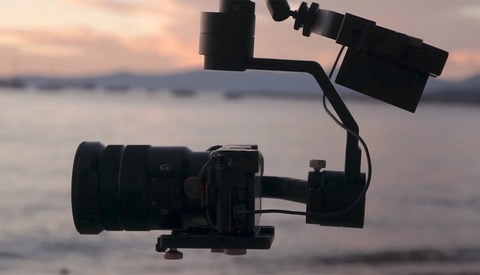How to Use Negative Space to Create Stronger Photos
We talk a lot about how to shoot what's in a photo: subject poses, framing, foreground elements, etc., but what's in the photo is just as important as what's not in it. This helpful video will show you how to create stronger photos by embracing negative space.

















































